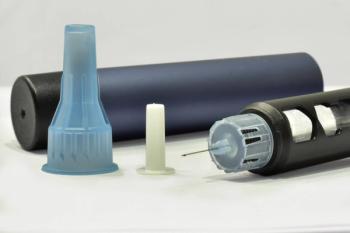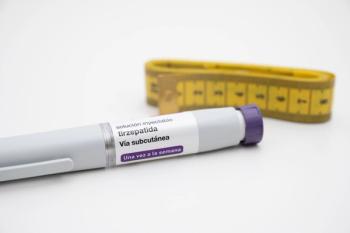
Improving Hypoglycemia Outcomes Through Community-Wide Strategies
Jennifer Goldman, PharmD, CDCES, BC-ADM, discusses how putting glucagon kits in public areas and long-term care facilities can help patients with diabetes.
Hypoglycemia is a common complication in patients with diabetes that causes a burden to patients and increases mortality.1 Glucagon, which is recommended by the American Diabetes Association in its Standards of Care for all patients at high risk of hypoglycemia, can potentially reverse the life-threatening complication. However, prescription rates of glucagon for patients at-risk of hypoglycemia remain low.
In an article published in Clinical Diabetes, Jennifer Goldman, PharmD, CDCES, BC-ADM, FCCP, professor of pharmacy practice at Massachusetts College of Pharmacy and Health Sciences, and Diana Isaacs, PharmD, BCPS, BCACP, BC-ADM, CDCES, director of education and training in diabetes technology at Cleveland Clinic, outlined best practices for treating hypoglycemia and what needs to be done in the community to raise awareness about the condition.2
In a recent interview, Drug Topics sat down with Goldman to discuss how community-wide strategies, such as putting glucagon kits in public areas and long-term care facilities, can help improve outcomes for severe hypoglycemia.
“Having designated glucagon kits in schools or long-term care facilities really would allow for immediate treatment during an emergency,” Goldman said. “Long-term care protocols with standing orders for glucagon have actually been shown to reduce emergency medical service calls, as well as hospitalizations, by as much as 100% in some cases. It ensures timely treatment for patients in a long-term care situation with diabetes who may have limited ability to self-manage.”
References
1. Ambalavanan J, Rusticelli J, Isaacs D, et al. Leveraging Continuous Glucose Monitoring Data as an Additional Source for Glucagon Prescription Behavior. Endocr Pract. 2024 Oct 28:S1530-891X(24)00805-X. doi: 10.1016/j.eprac.2024.10.012. Epub ahead of print. PMID: 39490582.
2. Jennifer D. Goldman, Diana Isaacs; Out of Sight, Out of Mind: A Call to Action for the Treatment of Hypoglycemia. Clin Diabetes 15 October 2024; 42 (4): 515–531. https://doi.org/10.2337/cd24-0014
Newsletter
Pharmacy practice is always changing. Stay ahead of the curve with the Drug Topics newsletter and get the latest drug information, industry trends, and patient care tips.



























































































































































